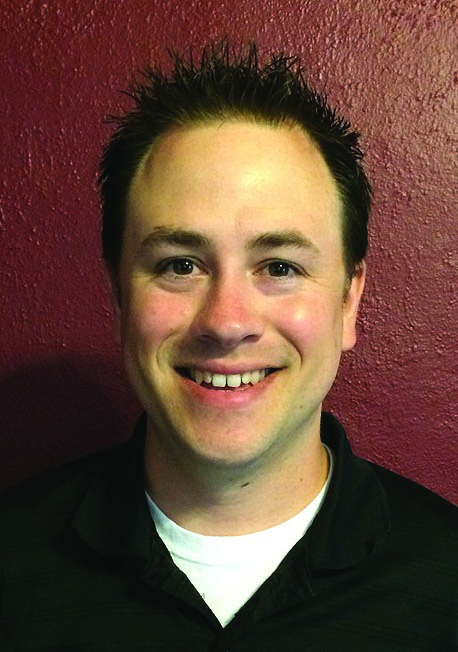Fathoming how the situation at the University of Missouri took so long to truly reach the national conscience remains difficult. Perhaps even more difficult? How quickly the situation continues to evolve and how convoluted the story becomes. What started as a widely supported rally to help disenfranchised students on the campus of Columbia, Mo. rapidly blurred into discussions of freedom of the press and the struggle for power in American universities.
Two high-profile campus officials were compelled to resign in the wake of the protests, and the situation is far from over because stamping out racism doesn’t just happen in an instant.
I’m embarrassed to say that it took me way too long to start looking into the campus activism going on not far from home. I can at least say that I started reading up on the racial tension slightly before the Tigers football team threatened a boycott that put this Saturday’s game at Arrowhead Stadium against BYU in doubt.
Unfortunately, many people needed the sports movement and resulting support from head coach Gary Pinkel to take notice.
So how did we get here? Years of reported racial incidents and perceived inactivity from administrators. The situation came to a head in the past couple of months with racial slurs hurled at the student body president, the car carrying now-oustered system president Tim Wolfe during the homecoming parade hitting protesters and finally a swastika drawn in feces on a public wall on campus.
The whole situation is gross.
Wolfe became the target, even though I don’t think there’s a single person involved with the movement now known as Concerned Student 1950 that would tell you it’s because he’s racist. Rather, his inability to provide support or take action led to his estrangement from the protesters and concerned students.
In the immediate aftermath of the most recent incidents, Wolfe became a human shrug emoji and didn’t address the concerns. This led to his downfall and then that of chancellor R. Bowen Loftin.
Wolfe and Loftin both submitted their resignation on Monday afternoon, which seemed to bring closure to at least one of the chapters.
Or maybe not. Instead, members of Concerned Student 1950 continued to rally at their tent city on the public quad on campus. Not a problem, there. But then they decided they wanted to create a “safe space” and attempted to bar the media from a public space.
A space that a very specific law on the books refers to as public space, as one intrepid student photojournalist pointed out and instantly became known nationwide for his crack research. That kid is going to make a lot of money in journalism based on this alone, but that’s another story.
Social media posts indicated that there were concerns about allowing “white media” into the space for fear they would twist the narrative. So a movement that succeeded thanks to national news coverage suddenly wanted to control the message and segregate itself from the public.
This is where I started to lose the message.
Conversations devolved from there with some insinuating that taking pictures in public of a very noticeable gathering shouldn’t happen ethically. Others wanted to claim that public spaces were needed to be kept private to protect the ability to meaningfully meet to advance the ideas of the protest.
Suddenly, racism didn’t receive enough of the talk.
This all started because a few idiots have acted out in an inappropriate manner. It was decided that those in charge either didn’t do enough quickly enough or were incapable of being a voice against this type of behavior and then suddenly it became a debate over whose First Amendment rights were more important.
You even had an assistant communications professor at the university on video attempting to remove a journalist — that college kid I mentioned earlier — from the quad while he attempted to take pictures. She even made a minor threat of physical harm by asking for “muscle” to assist in the removal. This is the same professor that days earlier attempted to drum up media coverage of a situation not receiving its due attention in her estimation.
I can’t tell you how ridiculous it was to watch that story play out, which ended with the professor deleting her Twitter account.
Nobody knows who committed the original acts of racism, which were wrong, but I can pretty much guarantee you that it wasn’t any members of the media covering the story — a crazy mix of local, regional and national media attempting to break down a very complicated situation. There’s a lot of talk about closure and letting the healing begin, but I’m not sure that’s possible until the conversation becomes civil again.
Wolfe, Loftin and others messed up by not addressing the situation head-on. The protestors have messed up by diverting the conversation.
Now, can’t we get back to paying attention to the real issue, which most of us ignored for too long?
Ross Martin is publisher of The Citizen. He may be reached via email at editor@plattecountycitizen.com. Follow him on Twitter: @Citizen_Ross.


